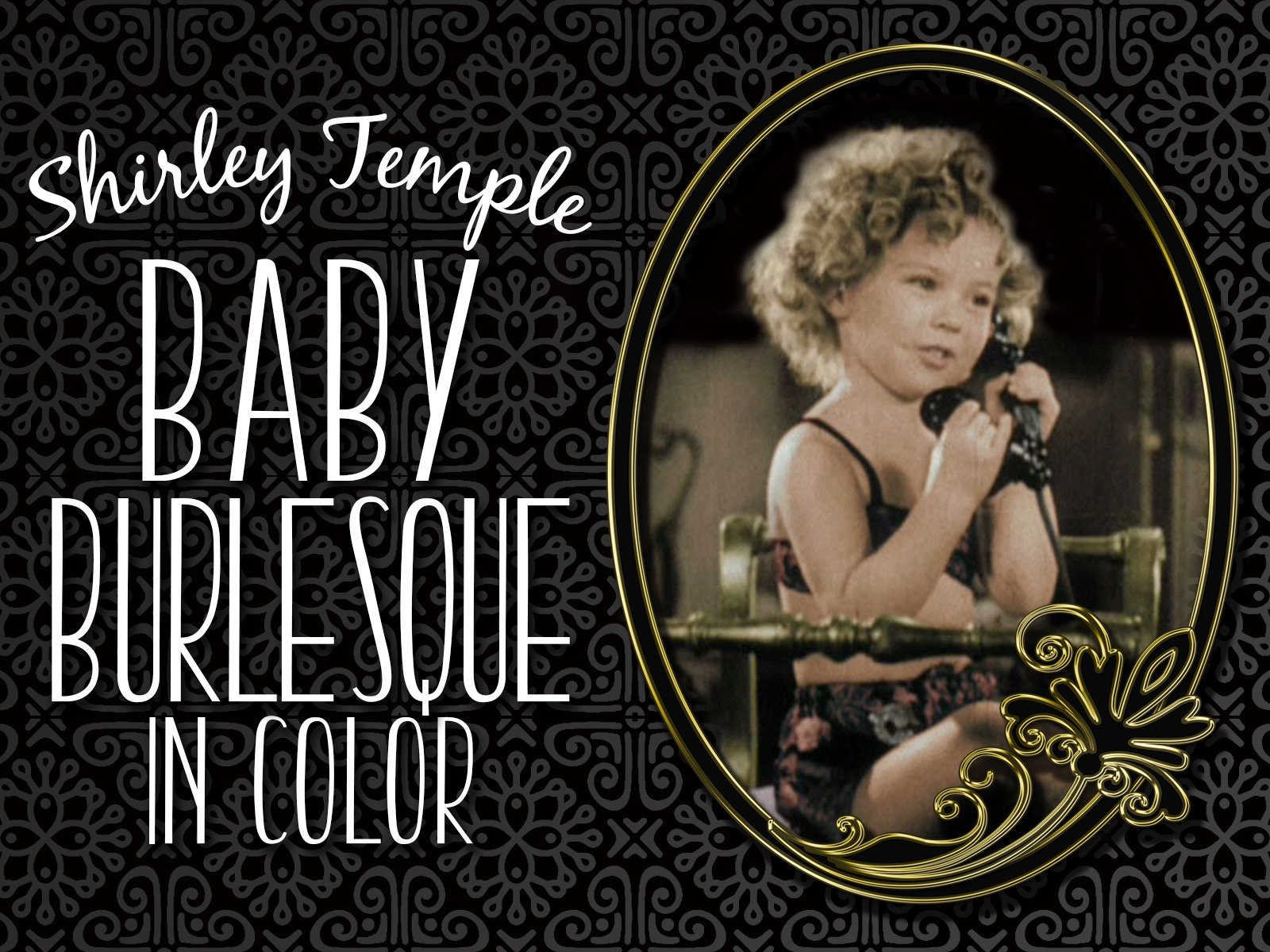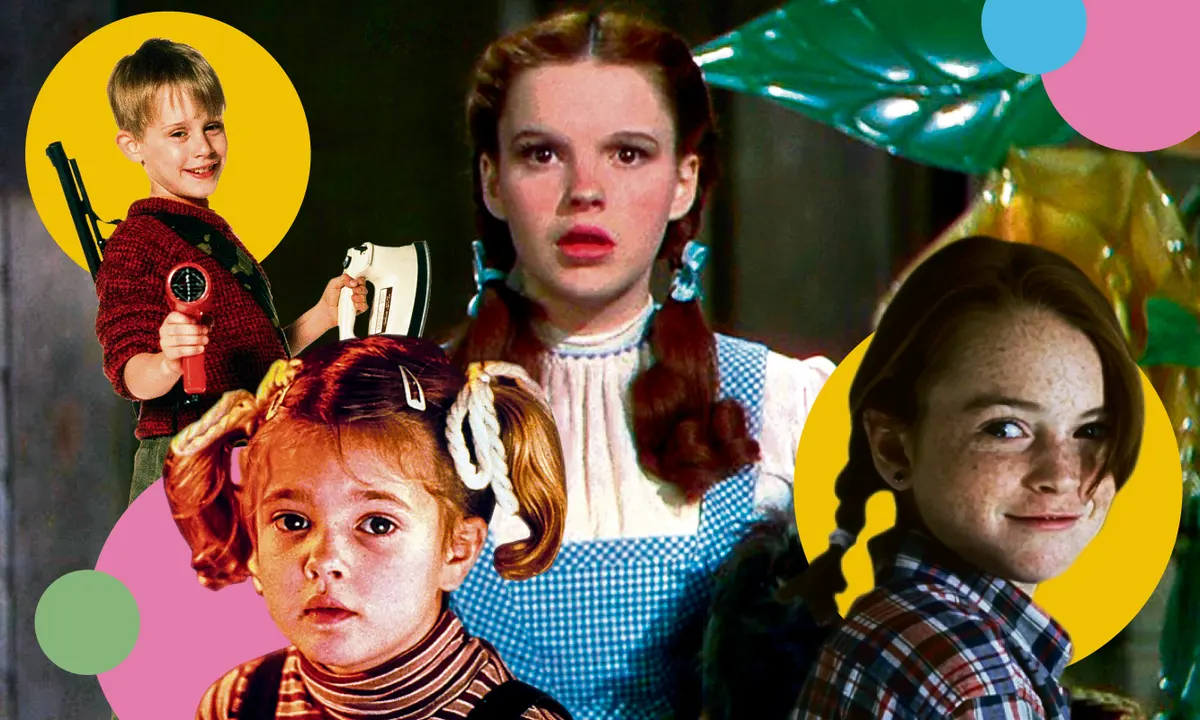By Maria Koulourioti,
Another day, another scandal. On November 16th, Balenciaga released a campaign for their new collection. It all began with the published images from its recent Gift Shop photoshoot. The campaign was put out to promote the brand’s collection of holiday gifts, including champagne glasses, pillows, studded dog bowls, and teddy bear handbags. The photoshoot was taken by Gabriele Galimberti, a National Geographic photographer, whose renowned photo series “Toy Stories” was recreated in a… disturbing manner in the campaign. In particular, the controversy was initiated by the chosen protagonists of the photo shoot that were actual children, advertising artifacts that resemble adult toys. They started to go viral, especially in the US among users who recognized an act of exploiting young children.
Specifically, the teddy bear-inspired accessories look like soft toys — but appear to be wearing leather harnesses and other items associated with bondage fetishes. Was it an extreme way of demonstrating new-age fashion or an endorsement of child pornography, as mentioned by certain right-wing US media channels? Either way, the famous fashion house has gained attention by creating a dangerous scandal, while supporting the sexualization of minors, also putting into test society’s sensitivity and reactions. In the end, maybe the devil does not wear Prada, after all.

However, this issue is not a new addition when it comes to celebrity brands since Hollywood has not ever been great for children. The dazzling stars we all admire on the big screen are not living the American dream; they are workers that are drained of their youth, usually put into the business by their parents and not by their calling. Numerous notable examples are marketed as light-hearted, entertaining films. Macaulay Culkin, the renowned child actor was not over 12 years old, when during an interview on Home Alone, admitted that his favorite phrases in the world were “it is a wrap”, “thank you for your hard work”, and “take 5.” That says a lot about overworking a kid. Nonetheless, the darkest part of Hollywood’s problem with featuring children evolves around the disturbing obsession with making them act like adults. Is there more prominent proof than Shirley Temple, star child actor of the 30s-60s, starring in movies and nicknamed “Curly Top” by Hollywood and her fans for her curly hair? These cheerful, innocent-seeming movies can’t be called the same for Miss Temple, and as a matter of fact, some of her memories onsets are far from that.
In the short film Baby Burlesks, Shirley is portraying a singer alongside women of the night at a bar. That not being the worst part, many of the toddlers were advised to behave inappropriately, as Shirley was advised to dance and picked up by older men, saying quotes such as “I am expensive”. All in all, the implication of inappropriate acts cannot be denied, lines that a three-year-old definitely should not be saying, and the horror on the side does not end there. Also, at the age of twelve, Shirley’s producer took her into his office and exposed himself to her, as she confessed in her autobiography. For the entirety of her brief film career, Temple was forced to fight off sexual predators, as she was regularly groped, threatened, and terrorized by men.

Another example of Hollywood’s exploitation was the Olsen twins, who started starring in Full House before they could even speak or walk, getting sexually harassed by producers and TV hosts. Brooke Shields, with her mother as her manager, starred as a child prostitute in the movie Pretty Baby, while appearing naked in Playboy only when she was 10 years old. Columnist Ed Dwyer in his article that was published by High Times in February 1978, referred to her as “America’s best nymphet”, saying that “she is a sultry mix of all-American virgin and nascent whore. She is the hottest new young thing in movies since a smoldering preteen Elizabeth Taylor stiffened up Louie Mayer’s cigar. She is only 12 years old and destined to be the sex symbol of 1964.” The list could go on and on, concerning the victimization of children on the big screen, specifically Hollywood’s obsession with sexualizing minors.
Balenciaga’s campaign was a continuity of a cycle that commenced in unison with the rise of the entertainment industry. The question that follows up is, what can we do to diminish all the exploitation and abuse? Even when Balenciaga got boycotted, they still managed to achieve their prominent goal and bring attention to the fashion house, by using minors for promoting their brand. How would it be possible to protect children’s rights against one of the most powerful industries in the world? Is it an unachievable utopia to ensure that there will not be another Shirley used for “entertainment” purposes, while in reality, her smile is not as bright as seen on the screen? As Nelson Mandela stated, “There can be no keener revelation of a society’s soul than how it treats its children.” The only way to stand up to abuse is to react. Because society is not just a place for the masses, and Hollywood is not good when it comes to age, now it is the time to advocate for the voices that could not be heard in rooms full of hairspray and flashing lights.
References
- Miller, Sophie. “2.” Shirley Temple: A Biography of the Iconic Actress, Independently Published, 2020.
- “The Photoshoots That Threatened to Topple Fashion House: What Happened at Balenciaga?”. independent.co.uk. Available here
- Dwyer, Ed. “Brooke Shields: High Times: February ’78.”. archive.hightimes.com. Available here
- The exploitation of children in Hollywood. bulldogbrief.org. Available here




